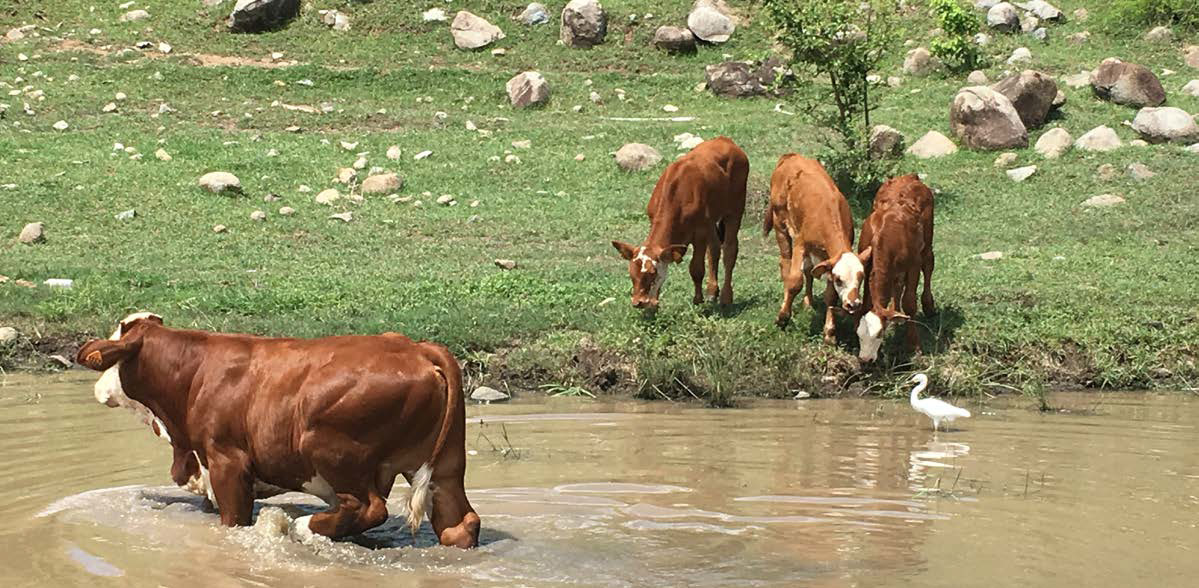Restore And Maintain The “Mares”
How to maintain and/or restore a “mare”, or waterhole in a tropical* context? This question was the object of a mission commissioned by the Humid Zones Department as part of the REMA project—Restoration and Maintenance of “Mares” In The Antilles. Two experts were mandated to evaluate the current state of such waterholes in Guadeloupe, Martinique, and Saint Martin, where they were working on February 14, 2022. Their goal was to select a group of test sites, which will serve as examples to illustrate a guidebook for the management of waterholes. These specialists observed the absence of waterholes within the Réserve Naturelle and only retained two sites on the French side of the island. The first is the waterhole located in front of the fire station, which has been quite impacted and covered with water hyacinths, water lilies, and water lettuce, and which is swarming with guppies. According to the Collectivité, this waterhole is intended to be filled in and will thus disappear. The second waterhole is found in the Millrum area, across from the central kitchen. A repository for used water from the treatment station of the same name, its evaluation is underway.
The REMA project, which runs for 26 months, hopes to provide those working in the environmental sector a tool that will provide concrete answers to the technical questions that arise in terms of improvements, maintenance, and follow-up after restoration. More than 3,500 waterholes have been counted in Guadeloupe and approximately 1,100 in Martinique.
*A zone regularly subject to periods of intense drought and biological invasions.
A waterhole is a shallow layer of 100% fresh but stagnant groundwater. It is not necessarily permanent or natural. It might be a hole dug to hold rainwater and serve as a watering hole for livestock.

















